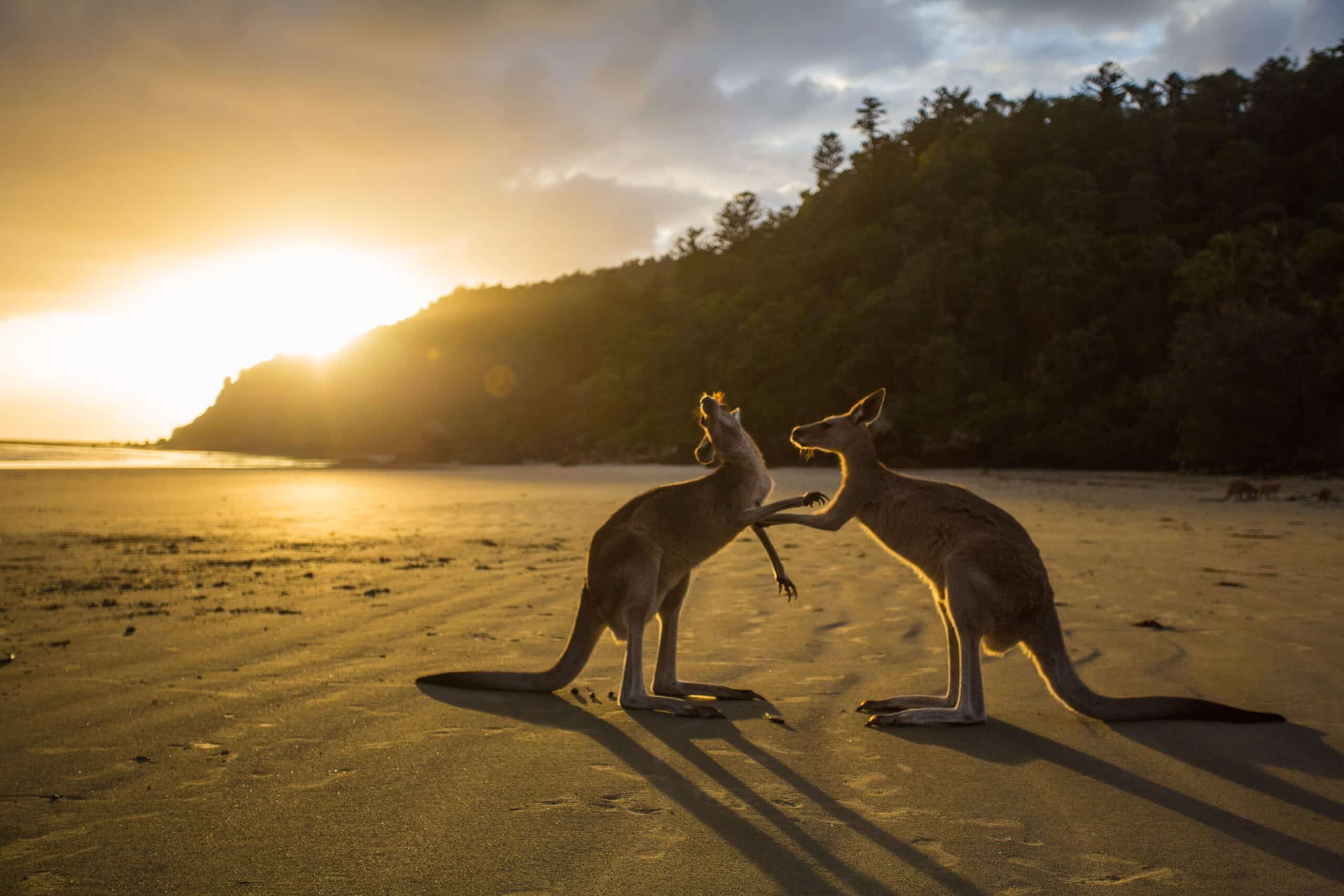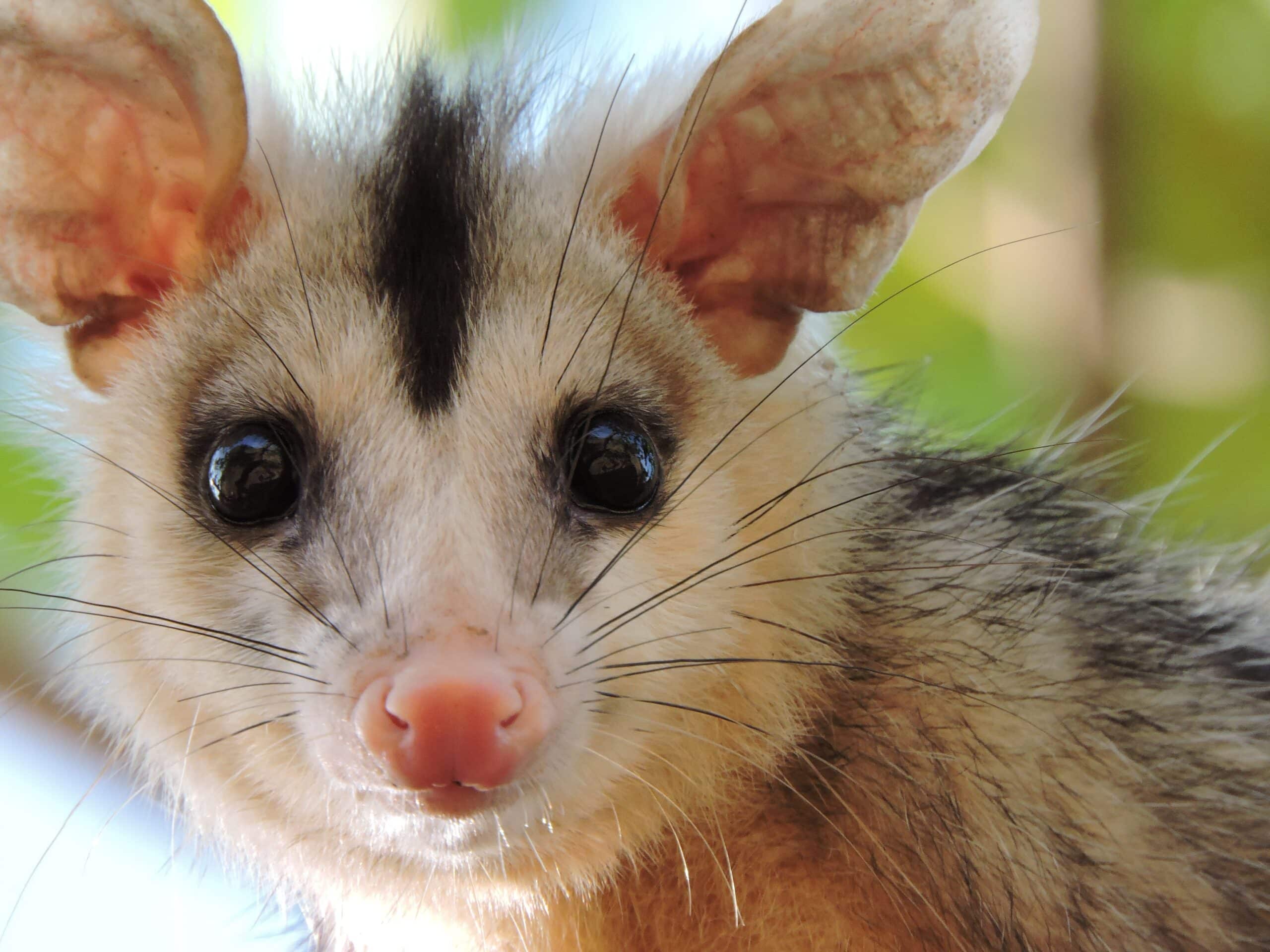
Have you ever wondered what it would be like to come face to face with a wild elk? From their antlers to the peacefulness of their grazing, traveling in the footsteps of these majestic creatures is an experience like no other.
Join us on this journey as we explore the wildest corners of the world and discover more about these fascinating herbivores.
Introduction to Elks
Elks, also known as wapiti, are one of the largest species of deer and can be found on every continent except Antarctica. Elks are believed to have originated in North America before spreading to other regions worldwide. They are a popular game animal for hunters and have been featured in several movies and TV shows, such as Dances with Wolves.
Elks can reach up to 45 mph speeds and have an impressive set of antlers—perhaps their most distinguishing features—that can weigh up to 40 pounds in males. In addition, male elks sport dark brown or black fur, while female elks tend to be more reddish-brown. Elks live in small groups or herds throughout various environments, from coniferous forests to grasslands and deserts.
Although elks tend to live relatively isolated lives, they interact with humans through hunting, tourism, and primarily through their impressive bugling calls that can be heard for miles during mating season—usually between September and October. This bugling call makes male elk particularly renowned among nature enthusiasts because they not only make the loudest sound of any North American land mammal but also symbolize strength and pride within Native American cultures across the continent.
Elks in the Wild
Elks in the wild are majestic creatures that can be found inhabiting forests and meadows throughout the Northern Hemisphere. Elks are the fourth largest species of deer and one of North America’s most instantly recognizable animals.
These hoofed mammals have been an essential part of the ecosystem for thousands of years. Elk’s diet comprises grasses, sedges, forbs, leaves, and twigs. They are incredibly hardy animals that can survive in most temperate and northern climates.
Elks live in large herds with adult bulls leading them to new grazing grounds as necessary. Bulls begin to regrow their impressive antlers every spring as they shed their winter coats; by autumn, they reach peak foliage before they’re shed once more before winter sets in again.
During mating season, males battle each other to determine dominance, while female elks also engage in short competitions. Females attend to their young until they reach maturity, which happens between one to two years of age, at which point they typically join a herd led by adult bulls.
Although elk populations have remained stable throughout the last few centuries, there are certain threats that these majestic mammals face due to human activities such as habitat destruction or hunting for sport or food processing operations. Because of this, elks require careful monitoring and conservation efforts that allow them to flourish without sacrificing healthy populations from western North America down into Central America.
Anatomy and Physiology of Elks
Elks are large animals, and the males, called bulls, typically stand four to six feet tall from the shoulder when fully grown and weigh up to 1,600 pounds. The females are usually somewhat smaller; both have a thick fur coat comprised of short hairs and are typically brown or tan with a white rump patch. They also have several antlers that grow on their heads, reaching lengths of up to five feet.
The anatomic structure of elks is quite remarkable. Their hooves are specially adapted to grip slippery surfaces, allowing them to move quickly in snowy environments. Elks have four stomachs to process their herbivorous diet more effectively than many other animals. They also have a well-developed sense of smell; they often use this to identify predators and food sources long before they become visible. Also, elks possess strong vocal cords and chords for producing various sounds, from snorts and grunts to high-pitched squeals and bellows.
The behavior patterns exhibited by elks are also complex; they often tend to rest during the day and forage for food at night. During mating season (from September -November), bulls defend their harems aggressively against intruders while simultaneously competing for mates by locking antlers with rivals in displays known as “rutting” battles. When threatened by predators or humans, elks will make loud bugle calls to alert fellow herd members before fleeing from danger if necessary.
Diet and Habits of Elks
Elks are herbivores, meaning they mainly feed on vegetation. The diet of elks consists primarily of nutrient-rich grasses, herbs, and shrubs. They supplement their diet with forbs, succulents, and fruits, depending on the season and availability of food within their environment. During winter, elks subsist almost entirely on oak leaves, pine needles, and conifer plants, which are more nutrient-rich than grasses and shrubs. Elks generally move in groups and tend to travel from place to place in search of food that is rich in nutrition to survive in the wild.
Elk habitat can range widely and can include grasslands, semi-arid deserts, or mountainous regions—as long as there is sufficient vegetation for them to feed upon. In addition, Elks depend heavily on water sources such as lakes or ponds for sustenance and wallowing during hot summer months—wallowing is a behavior that helps them cool down in warm weather.
Generally speaking, Elks tend to be shy, avoiding humans wherever possible. However, when elk habitat encroaches areas populated by humans, they may spook easily due to proximity or fear, particularly when calves may be involved—a mother elk can show hostile behavior if she feels threatened by one’s presence near her offspring. It is, therefore, important when observing elk families or individuals that one maintains a respectful distance from them during observation so as not to scare these majestic creatures away from their environment or disturb their behavior patterns out of instinct.
Elks and Human Interaction
Elks, whether found in the wild or a domesticated herd, are of great interest to humans, and our relationship with them dates back centuries. While elks are wild animals and thus inherently unpredictable, they have been observed to show a tolerance for humans in certain situations. Individuals practice elk hunting following rigorous rules and regulations studied closely by wildlife agencies, aiming to protect the species and enable people to appreciate them.
In some areas across North America, intentional feeding of elk for hunting purposes has been practiced since colonial times, with herded herds being encouraged by big-game hunters. In recent years, recreational feeding of elks has also become popular among those who appreciate observing elk activity outside the context of big game hunting. Moreover, due to their dietary needs requiring immense amounts of vegetation and nutrients from land sources not suitable for any other purpose but browsing and grazing, in some places, domestic herds are raised on private lands aimed at maintaining a healthy ecosystem for all creatures living there as well as bringing moderate economic gain through sustainable livestock business models.
Finally, although not commonly done today due to changes in domestication beliefs and practices regarding animals like elk, they were kept at home under semi-captive or fully-domesticated conditions in some traditions. In such cases, these would be considered pets rather than farm animals or game animals and would be treated with care and compassion like any other animal companion according to that specific home’s cultural guidelines. Although not often seen in today’s cultures – primarily due to stringent laws created specifically for captive wild animal owners – domesticated elk have been known throughout history among humans living close to nature, often occupying a decent place between cultural heroines/heroes like deer or buffalo on the one hand while working animals (horses and oxen) on the other.
Conservation Efforts for Elks
Elks are unique animals with an impressive antler spread and a loyal disposition. Multiple conservation efforts have been put in place over the years to ensure their safety and preserve their habitats.
The International Union for Conservation of Nature (IUCN) has classified elks as near-threatened species due to poaching, destruction of habitats, and competition with livestock. In the United States, population numbers range from 800,000 to over one million depending on the time of year, while Europe is home to around 350,000 elks.
To protect elks in Europe, there are two regions where hunting restrictions are enforced: Buskerud county in Norway and Syktyvkar in Russia. Both areas now use restrictive licenses for hunting smaller specimens and regulations on trophy size and the animal’s age before it can be killed. The aim is to promote healthy populations without putting hunters off from sustaining these species long-term.
Conservation efforts ensure a sustainable future for elks by providing safe havens that guarantee their survival into the next century; protecting them from threats posed by urbanization and climate change; promoting ethical hunting; and educating the public about how vital these creatures are to biodiversity around the world!
Conclusion
In conclusion, elks are an essential part of the natural world, often at the center of various food webs and ecosystems. They are majestic animals and one of the most exciting and diverse mammals. As our knowledge about them increases, so does our admiration for these magnificent animals.
While Elks have been living in the wild for centuries, we have only just begun to scratch the surface regarding their behavior and habits. In that sense, Elks are still full of mystery and wonder—and a journey into their world promises to be a most rewarding one!
Frequently Asked Questions
Q1: Where can I find elks in the wild?
A1: Elks can be found in North America, Europe, and Asia wild. In North America, elks can be found in the Rocky Mountains, western Canada, and parts of Alaska. In Europe, elks can be found in Sweden, Norway, Finland, and parts of Russia. In Asia, elks can be found in parts of Mongolia, China, and North Korea.
Q2: What is the diet of elks?
A2: Elks are primarily herbivores, meaning they feed mainly on grasses and other vegetation. They will also occasionally eat leaves, bark, and different types of plants. They are also known to eat small amounts of insects and other animals.
Q3: How long do elks live in the wild?
A3: Elks live for about 15-20 years in the wild. However, some elks have been recorded as living up to 25 years in the wild.





